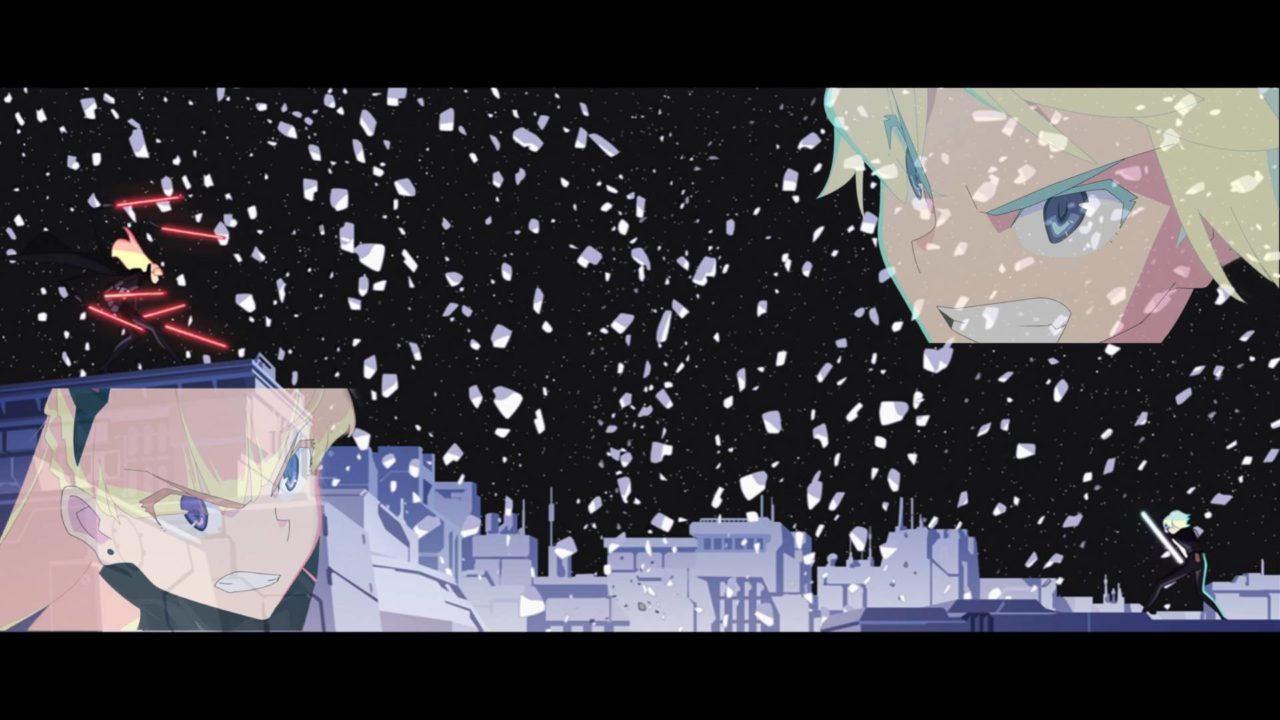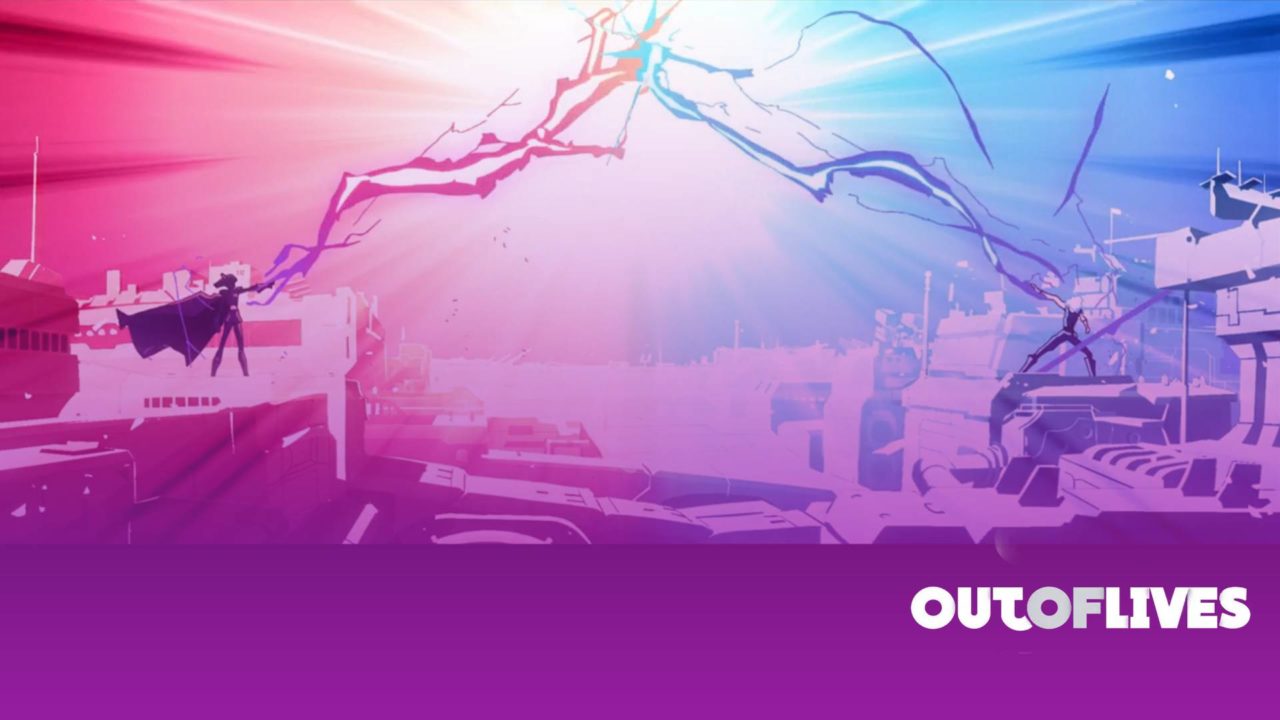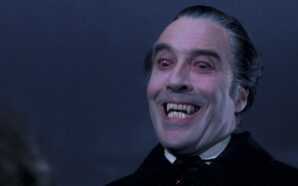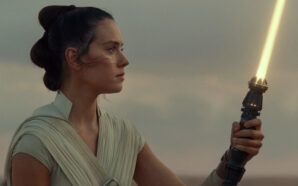I finally got around to watching the nine stand alone stories showcasing Star Wars in various unique Japanese animation styles. Star Wars: Visions showcases exactly what I love so much about anime. What makes it an art form that speaks to me, and so many others, in the way that it does? Why does it connect with us so strongly? Visions has answers to those questions. Each episode is from a different studio and director who bring their own styles to the franchise we all know. Episodes three, four and five, which I will be using to illustrate my love for form, are particularly good stand outs for my tastes. All the episodes have something to offer, but these three are the ones that speak to me. Light spoilers for those stories will be found beyond this point.
Episode Three – The Twins from Studio Trigger and Director Hiroyuki Imaishi perfectly showcases what anime can do when pushing deliberately towards the extremes. The beautifully choreographed action is elaborate and bombastic in equal measure. The colours used are bright and well contrasted. The characters are designed to make use of colour separation, instead of outlining everything, to add details. This means that when things are in motion they blend and move quickly. Anime can make use of this deliberately exaggerated style to convey the action in ways that just aren’t possible in live-action; Studio Trigger take full advantage of that here.

Edited image from Disney Plus
Studio Trigger are also free to do basically whatever they want with the perspective during the fight sequences. They can swing the camera around and elongate the characters; creating really striking poses and accentuating the motion and power of the confrontation. Is it realistic? No. Is it absolutely spectacular to watch? Definitely. I love it. Importantly, the action isn’t the only thing treated in this way. It works because the characters and setting are given the same “dialled up to eleven” treatment. It all fits together. They make it easy for the viewer to believe that, in this part of the galaxy far, far away at least, things really are this extra. (For more on The Twins check out the ever brilliant Kyle’s article from last week here.)
Episode Four – The Village Bride from Director Hitoshi Haga of Kinema Citrus is, in essence, the total opposite of Episode Three. Where The Twins is loud, bombastic and action-packed. The Village Bride is quiet, contemplative and considered. Both are beautiful but for very different reasons. Hitoshi Haga’s story highlights much more of the philosophical questions and spiritualism of “The Force“. Its connection to life and land and everything in between. The connection between people and what they would do to protect one another. The conflict that arises when they disagree on the best path forward to do so. The animation here is used expertly to accentuate the emotion and expression of the characters. Each frame is as considered and contemplative as the story being depicted.
This filters into the action too. There is not much of it in this episode but it is every bit as impactful. The action in The Twins might be “dialled up to eleven” but the action in The Village Bride only has one setting; “When I draw my blade, my foe will fall.” Much like during the Obi-wan vs Darth Maul fight in Star Wars: Rebels, a few seconds can be all that is needed to deliver for the audience. What’s truly important is the build-up and the pay-off. The action is there to serve as the means to transition between the two in the narrative. Kinema Citrus deliver an absolutely compelling story in such a short time.
Episode Five – The Ninth Jedi by Production I.G falls somewhere in the middle of the two. In the Filmmaker Focus extra, Director Kenji Kamiyama says as much when he reveals that this was originally two separate shorter stories that were turned into one longer one. The original stipulations for the projects were that they were to be no longer than 15 minutes long. However, Lucasfilm & Disney changed that when it became clear that these stories were linked and would be better told together as one longer piece. Naturally, that meant Production I.G had to come up with the goods now that they have been granted that freedom. To say they succeeded would be rather understating it in my opinion.
The Ninth Jedi brings much more intrigue and mystery than the other two episodes. Jedi from across the galaxy are called to a shrine, orbiting a planet where kyber crystals are rumoured to be found, to receive long lost weapons; lightsabers. A sabersmith on the planet has been able to forge new ones after they were thought lost forever. Not all is as it seems though. Kara, the sabersmith’s daughter, is thrust into danger when she is tasked to deliver the finished sabers to the masterless Jedi who have gathered. Fortunately, she proves more than capable for the task. Each step of the way, the animation helps to bring the characters and places to life. In many ways, this feels more real and more Star Wars than some of the films have managed to.
Though each episode in the series uses animation and styles of design in different ways, they each do so to bring out the best of the particular stories they are trying to tell. Additionally, what each of them have in common is something they share with the best of TV and Films of any kind. They use music and the performances of the actors – voice actors in this case – to bring their creations to the next level. Just as A New Hope would not be the same without John Williams iconic score or the acting charms of Mark Hammill, Harrison Ford and Carrie Fisher et al. So too would these fall a little flatter without the excellent composers and actors who contributed. The visuals might often steal the show, but every element is vital.
Star Wars: Visions highlights in these little snippets some of the best of what anime has to offer as an art form. Check it out and if you enjoy them, have a look at some of the other things made by those animation studios. You are bound to find something good. I guarantee it. You can find me, as always, @APTSnack in all the usual places.








